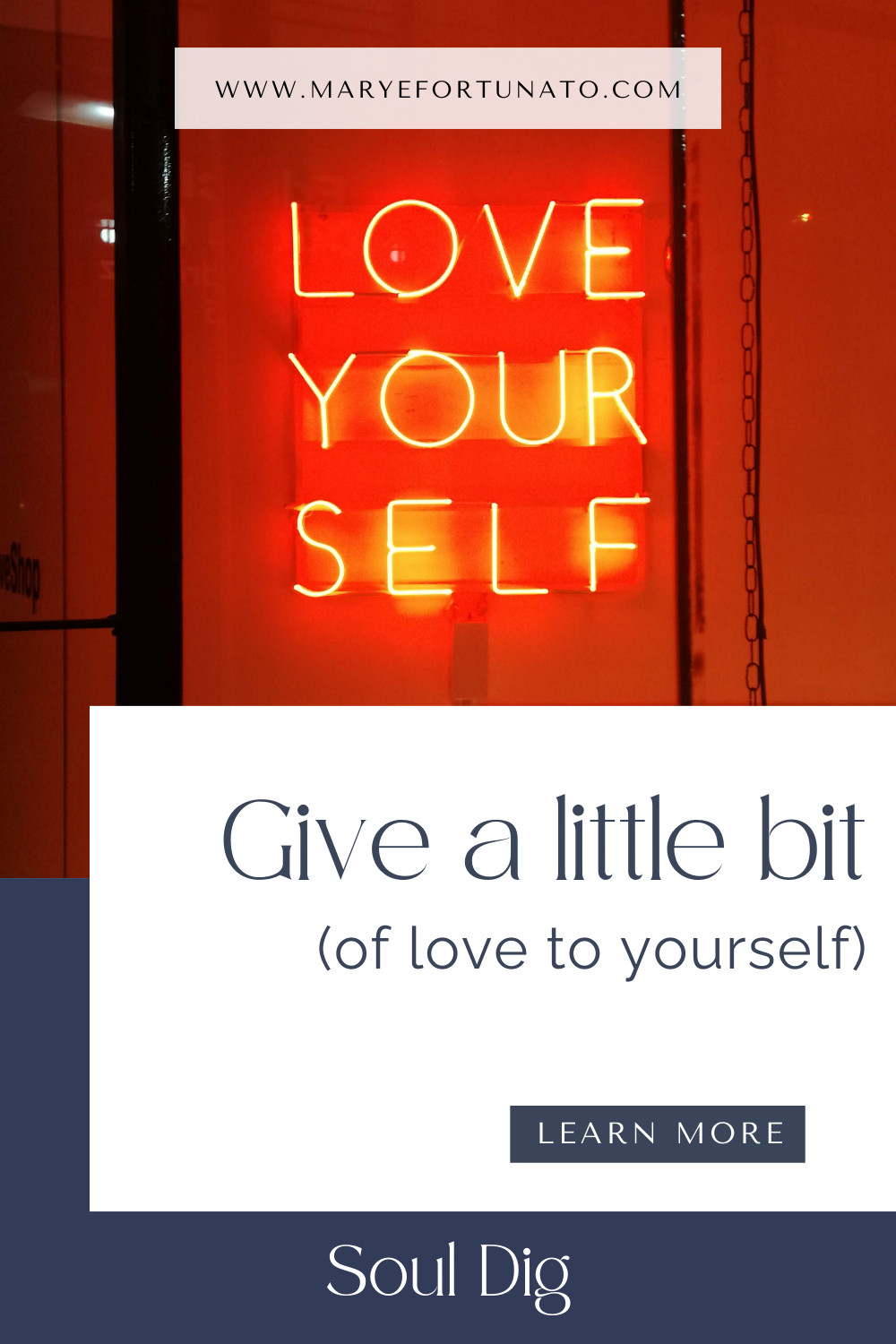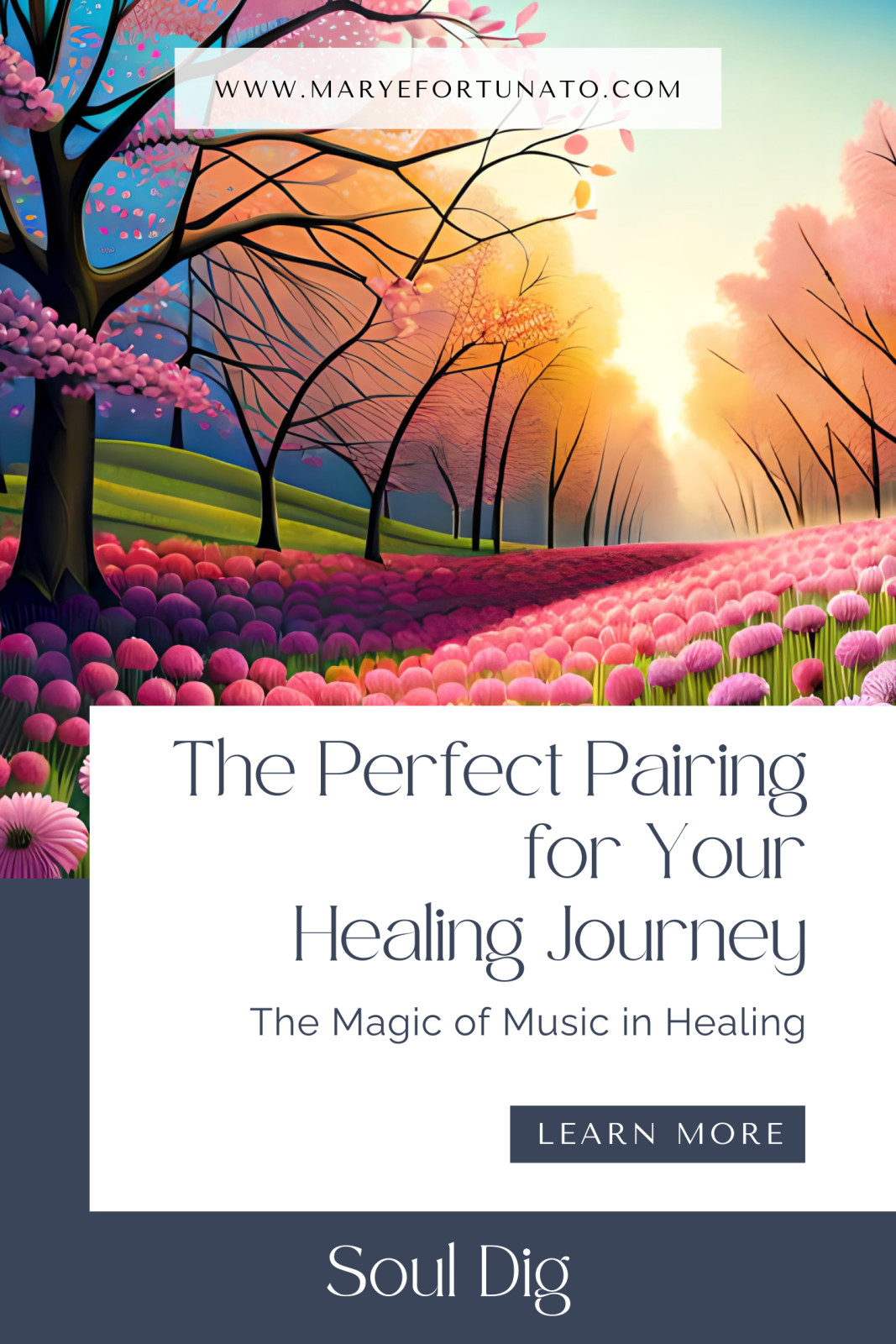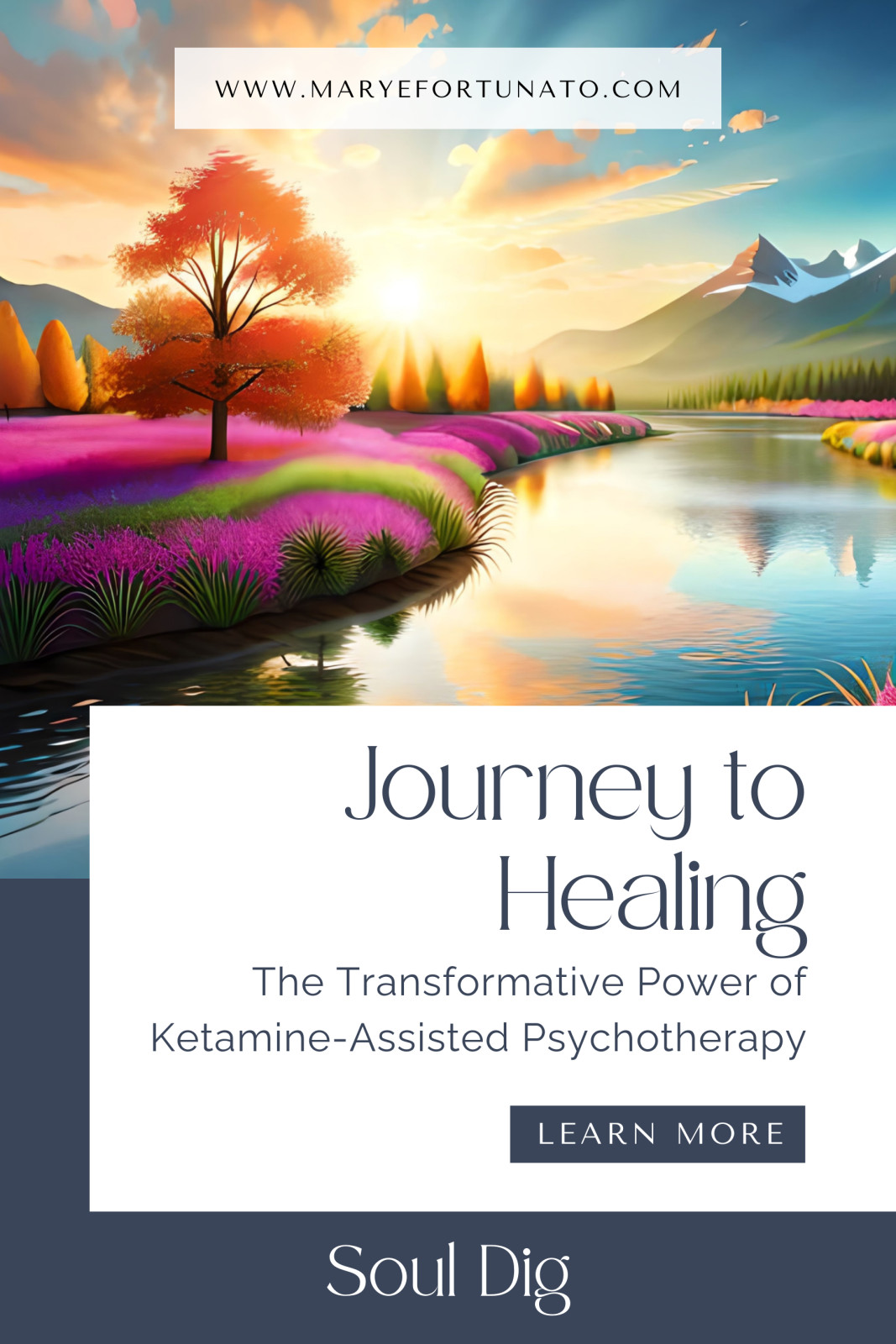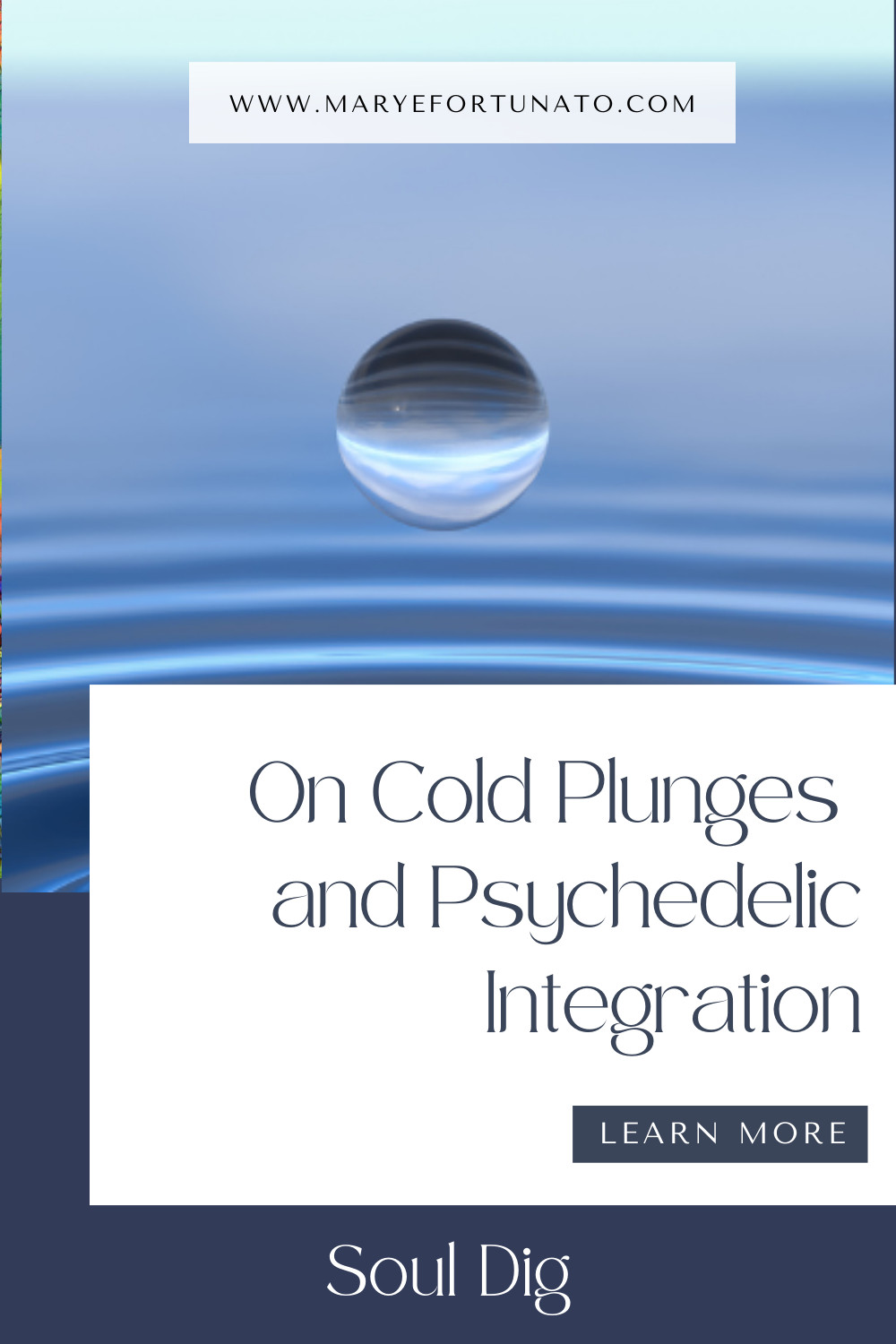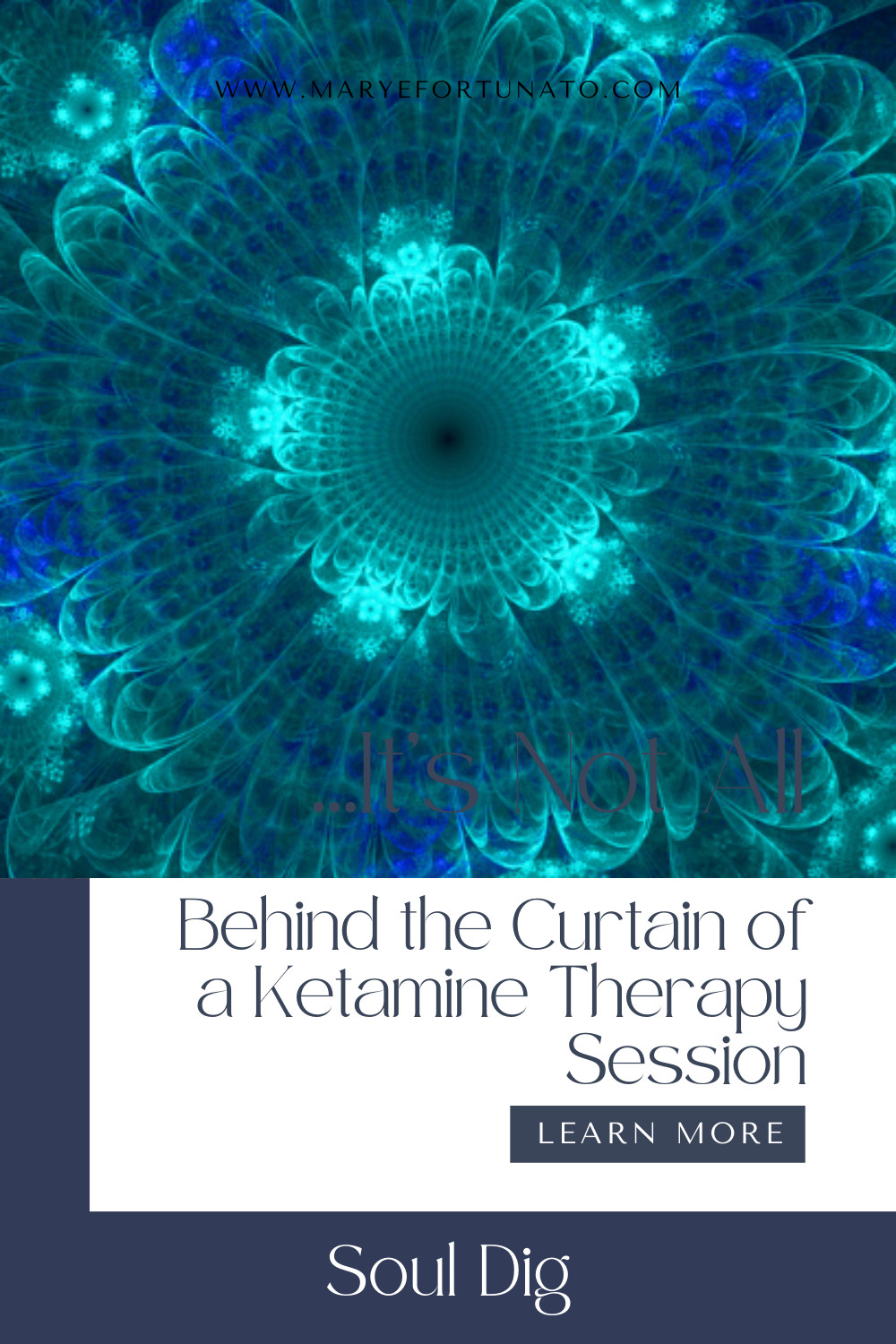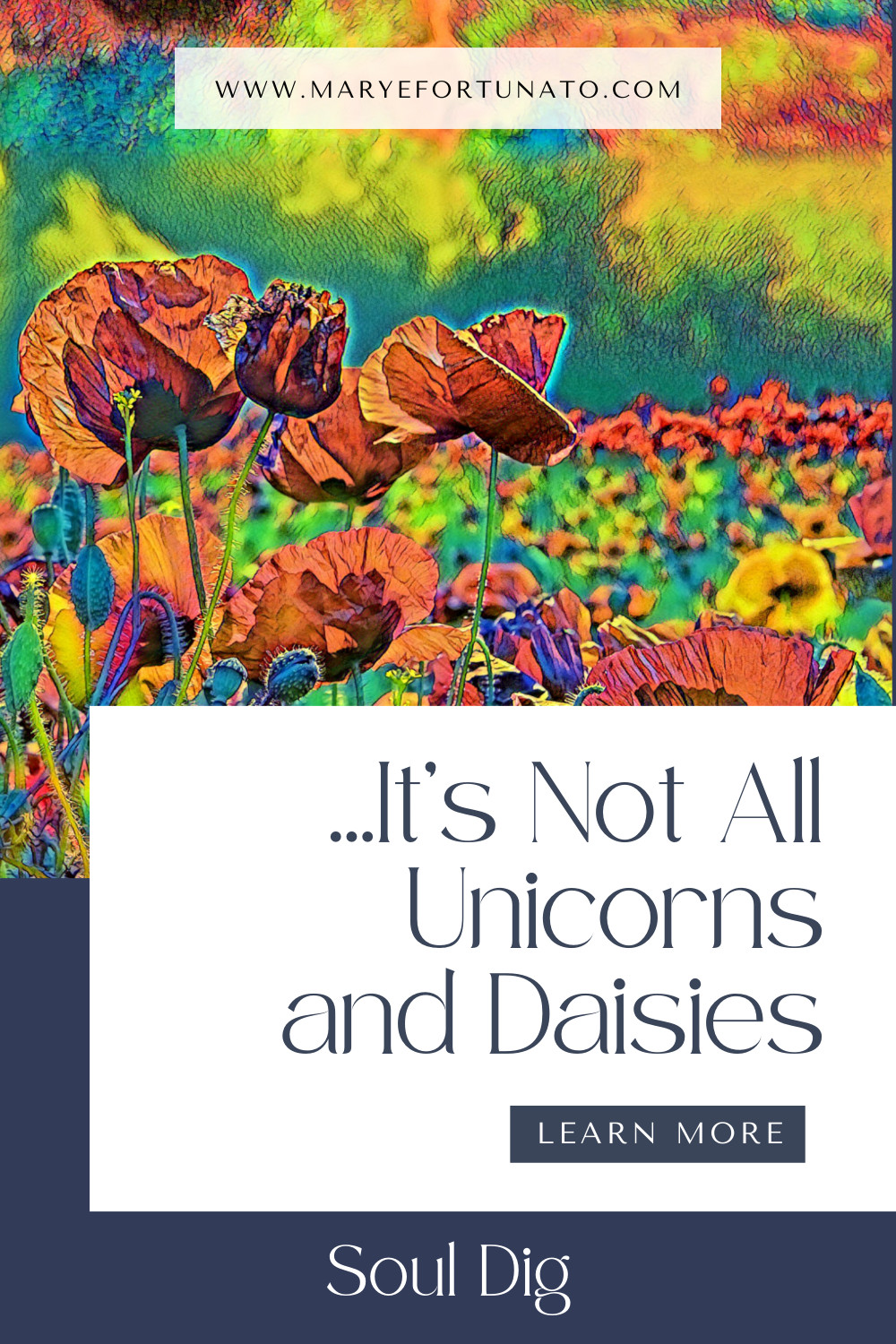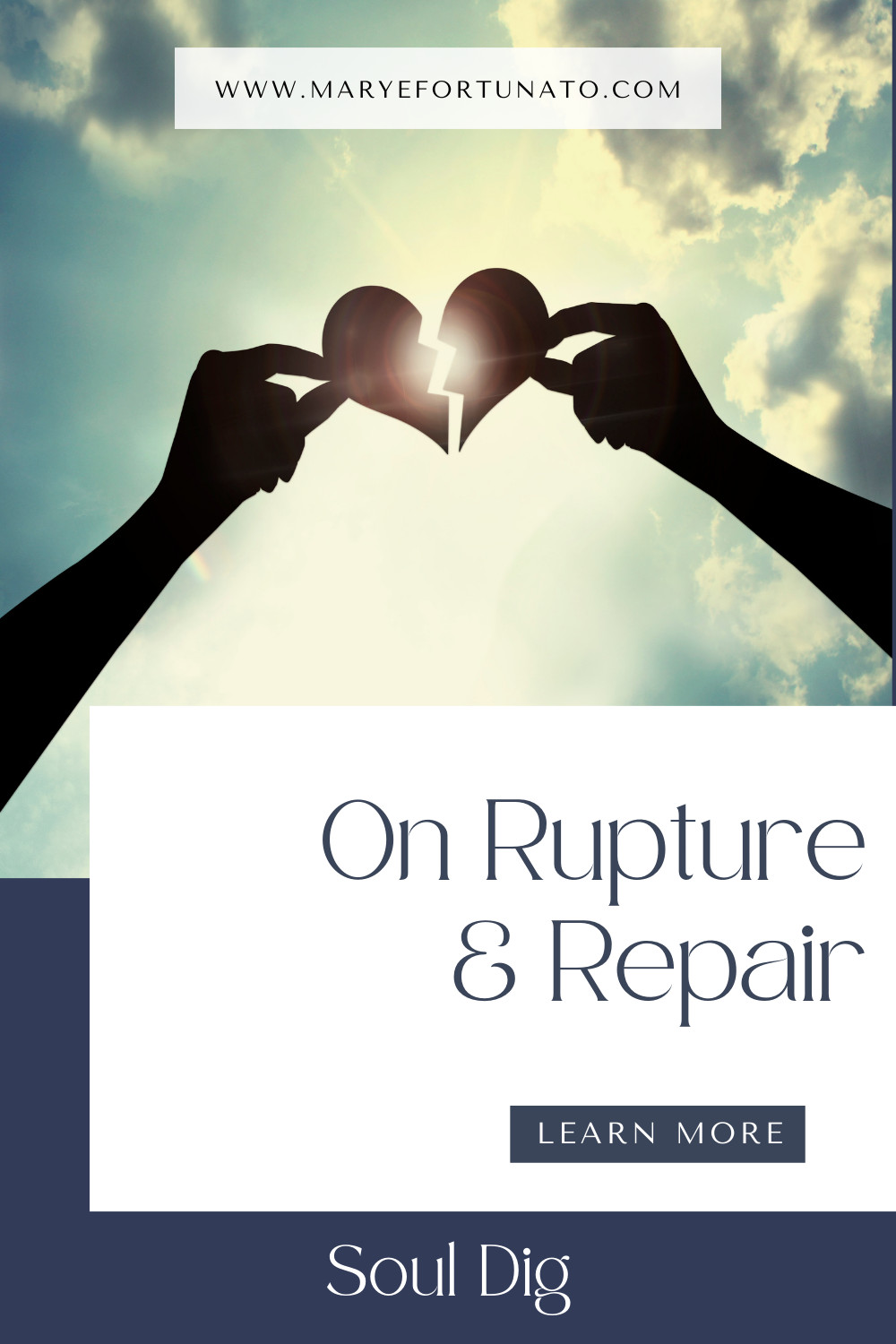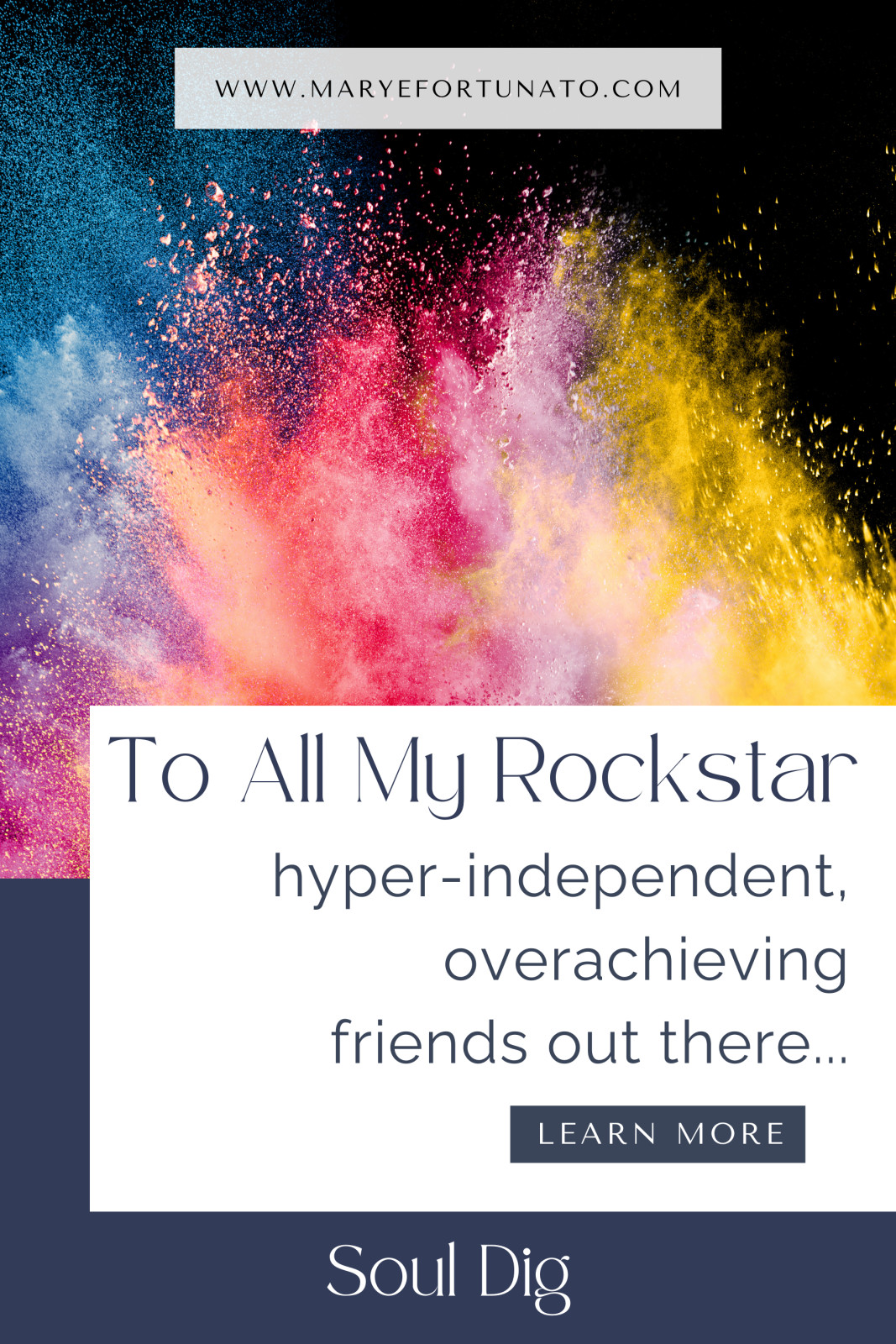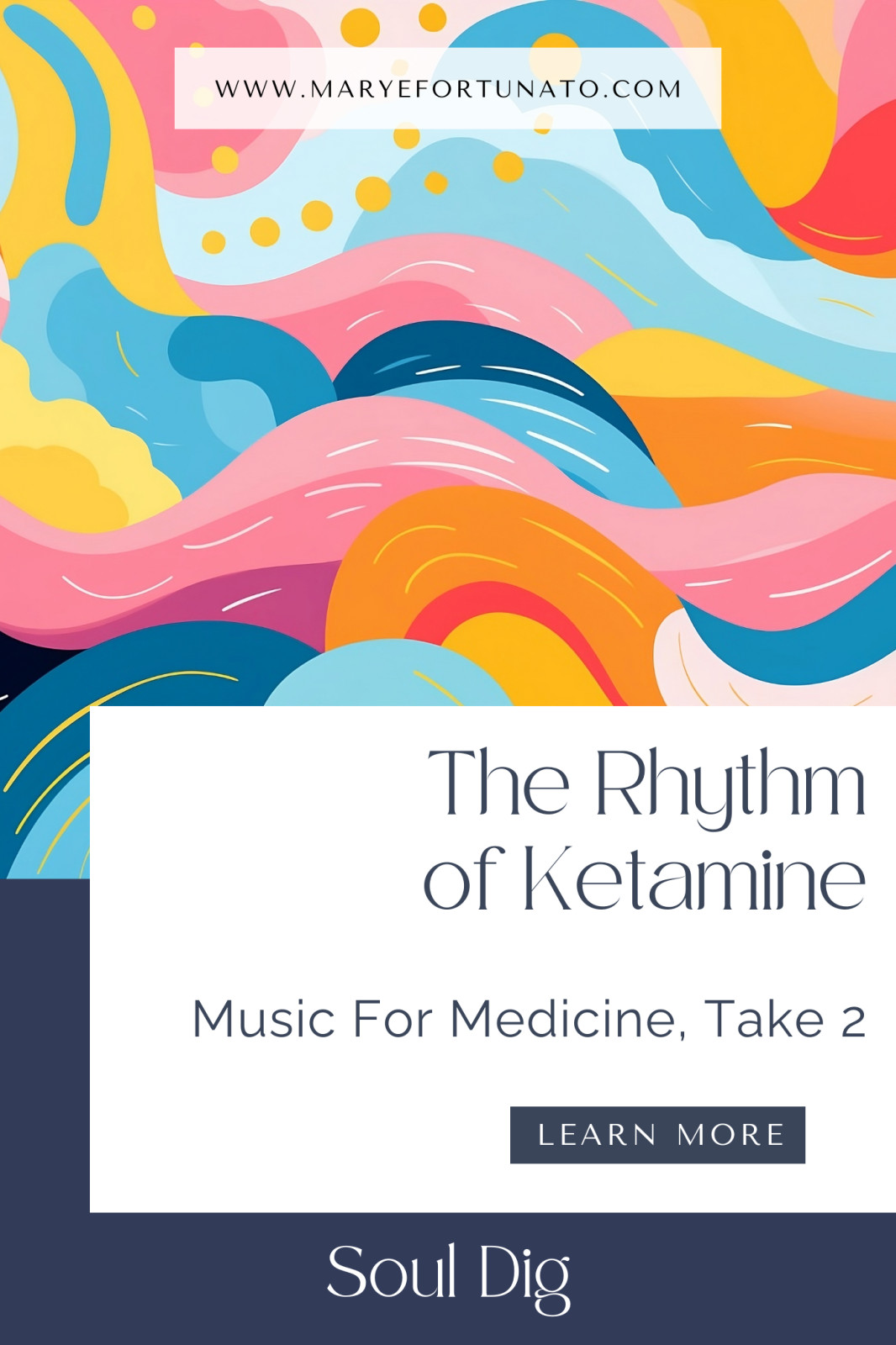
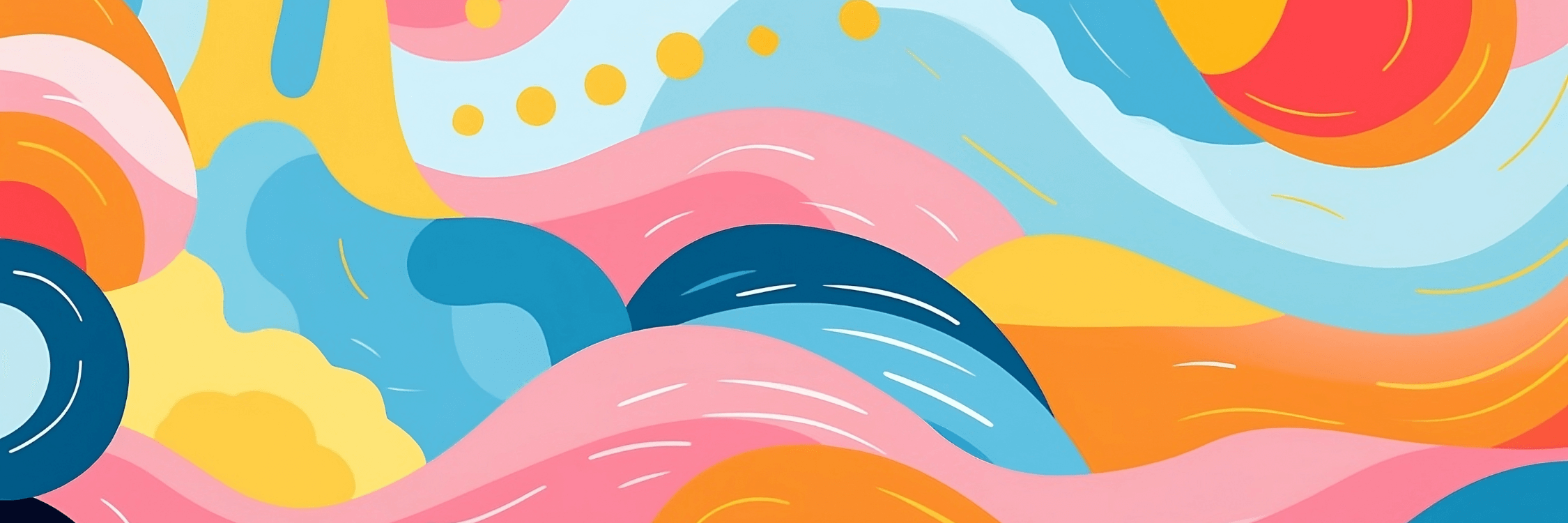
Today I want to share how I really feel about music in ketamine therapy. (In case you didn’t read about my blunder with the previous music post, you can do that in my “ON RUPTURE AND REPAIR” post from Apr 11)
Specifically, I want to focus on the significant role music plays in ketamine therapy
(& I've included a link to a free playlist below!)
below!)
(& I've included a link to a free playlist
 below!)
below!)It is essential to acknowledge that Indigenous cultures informed and shaped the development of modern psychedelic medicine. I wouldn’t be here, doing what I do, without the benefit of their contributions and traditions. Indigenous People have long recognized and integrated music as a crucial element in medicine ceremonies.
As a psychedelic therapist and enthusiast, I’ve both experienced and observed the transformative power of music—from its ability to soothe and inspire, to its potential to provoke. Music feels bigger, more vibrant, and more alive on ketamine.
In fact, there's a fascinating phenomenon that sometimes happens in psychedelics, known as synesthesia, where your senses sort of blend together. Music, for example, can become more than something you just hear; you might actually feel each note or see colors swirling with the melody. It's a bit overwhelming to think about if you've never experienced it, but it has the power to profoundly change how you view the world.
In a typical individual ketamine session, a client lies down, often with headphones on, while listening to a specialized playlist created to support the healing process. When I first trained in Ketamine assisted psychotherapy (KAP), it was common to use only ambient music. A session playlist might sound like a single song, with only slight changes, over the course of the whole medicine session, usually around an hour to an hour and a half.
Sorry to you ambient music-lovers out there, but, to me, it felt dull and never-ending. And though unified playlists can create a holding space where a listener feels carried by the music without being directed by it, they can also elicit anxiety and feeling untethered, especially in newbies.
Each individual will have their own music preferences, and discovering what is most supportive and healing is part of the process. Here, I'll share what I have learned as the result of facilitating and experiencing more than 200 medicine sessions.
To begin with... there are lots of types of music to choose from when creating a ketamine playlist.
Some that stand out are:
Shamanic Drumming can help clients connect with their bodies, feelings of uplift, awe and power.
On the other hand, it can be helpful to be reminded of a wide range of emotions, from tenderness and sorrow to joy and calm; this can happen with classical music.
If you’ve never heard “Beautiful Chorus”, run out and do so! Their “High Frequency Love Music” is like a musical meditation. I often rely on their use of inspirational mantras and supportive lyrics, especially for first timers.
Popular music, used carefully, can bring someone back to a happier time, or bring up important memories long forgotten. When discussing this blog with my daughter, she reminded me of how Harry Styles (yes, I am embarrassed to admit it is true!) changed my life with his song “Lights Up”, during a ketamine journey (more on that another time!).
In addition to genre, there are other factors, too...
The Length and speed of songs can significantly affect a medicine session. A playlist of many short songs can make the journey feel choppy and disconnected; while long songs provide a more grounded feeling. Fast songs tend to elicit feelings of movement, while slower songs can help one settle in and linger.
When I make playlists for clients, I spend significant time considering each person’s needs and comfort level...
This includes taking into account how much psychedelic experience they have. For a first session, I tend to use soft, non-provocative songs, often with joyful tones. I believe it is important for clients to “meet the medicine” in a gentle way. Yet, further in their treatment, playlists will change to meet a client’s needs.
In the end, there is no one-size fits all approach, but the following are guidelines to consider:
- use songs with lyrics carefully and infrequently, as lyrics can be distracting and intrusive
- include songs that are unfamiliar for a novel experience and to broaden perspective
- stay mindful of religious overtones and their effects on each individual
The only rule that feels 100% true to me, when it comes to selecting songs for ketamine playlists,
is that they are consciously chosen, with each client in mind.
I created a public Spotify account to share some of my favorite songs for ketamine.
Please note, I tried to create a perfect medicine session playlist to share; however, I couldn’t help but include my favorites, so your perfect playlist might be slower and less active than mine. This is meant to be a sampling of what a playlist could sound like- I hope you enjoy!
🙏 Happy listening,
Mary ❤️
 Hi, I'm Mary
Hi, I'm MaryI believe that your symptoms make all the sense in the world. There is nothing wrong with you ❤️
I also believe that, provided the right conditions, you can reconnect with a place of awe, beauty, curiosity, and aliveness that you so deserve ✨
I believe these things as a result of what I’ve learned on my own healing journey and as a trauma therapist with the honor of supporting others on this path 🤝
I approach each client with the unshakable belief that symptoms like depression, anxiety, and trauma are natural responses to unhealed emotional pain.
Ketamine, used therapeutically, can facilitate access to these tender, usually inaccessible places WHILE allowing for a client's innate wisdom and healing intelligence to come through. When this happens, transformation occurs.
And though not everyone is a candidate for psychedelic therapy, for those who are, I see profound healing over and over again.
I believe this work is my purpose, and I am honored to contribute some of what I have learned along the way in this blog. Thank you for being here 🙏
For more information about Ketamine Assisted Psychotherapy, download my free resource here.


